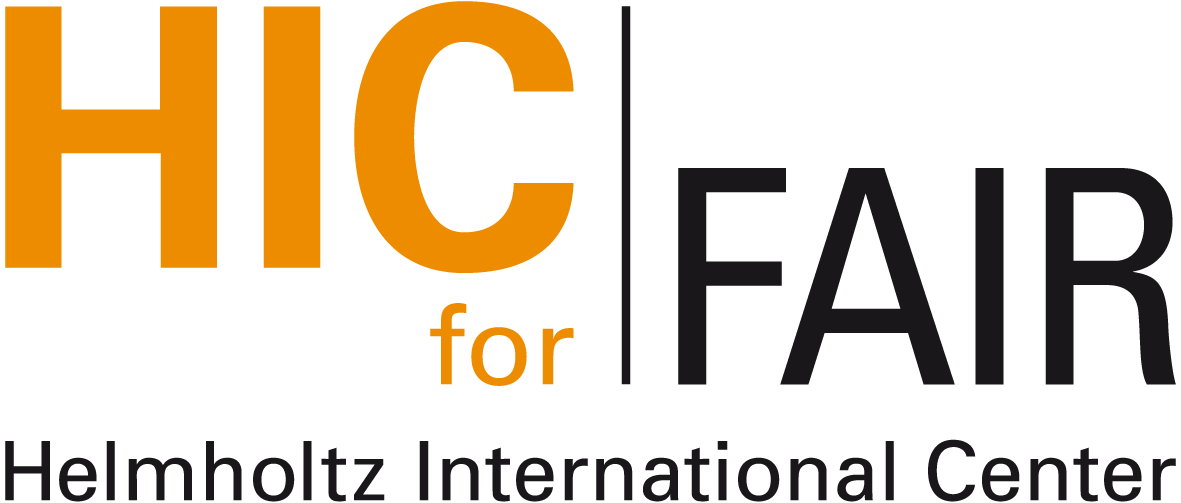 Nuclear Physics Colloquium
Nuclear Physics Colloquium Nuclear Physics Colloquium
Nuclear Physics ColloquiumVenue: Physics
Building, Max-von-Laue-Str. 1, Seminar Room PHYS 2.116
Time: Thursday, November 30, 4:30pm (s.t.)
Contact: hees@fias.uni-frankfurt.de
In this talk, I will discuss how the S-matrix formalism can be applied
to study the thermal properties of interacting hadrons. The approach
allows a consistent treatment of broad resonances and purely repulsive
channels, while correctly implementing the constraints from chiral
perturbation theory. This represents an essential improvement over the
standard Hadron Resonance Gas model.
I will apply the method to study (1) the $\rho$-meson and (2) the
pion-nucleon system. In the first example the importance of the
non-resonant contribution will be demonstrated in correctly describing
the soft part of the decay-pion momentum spectra. For the latter case I
will describe how the natural implementation of the repulsive forces can
help to better understand the lattice-QCD result on the baryon electric
charge correlation.
Lastly, I will discuss some recent attempts to include inelastic effects
and $N>2$-body scatterings.